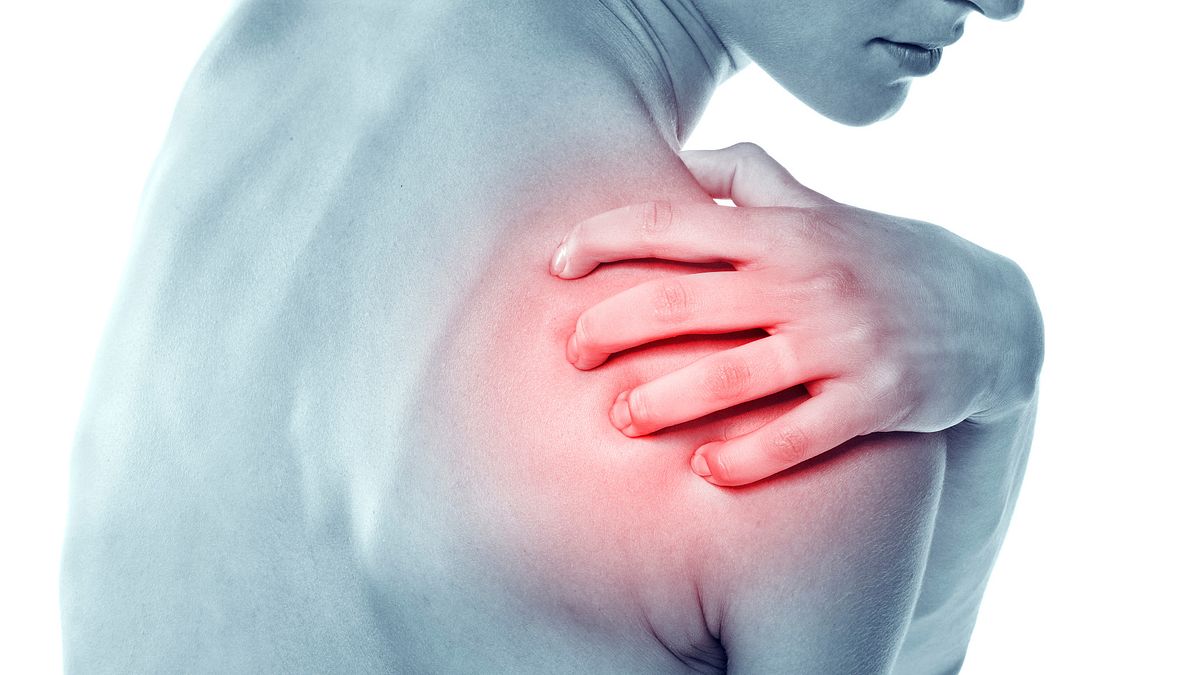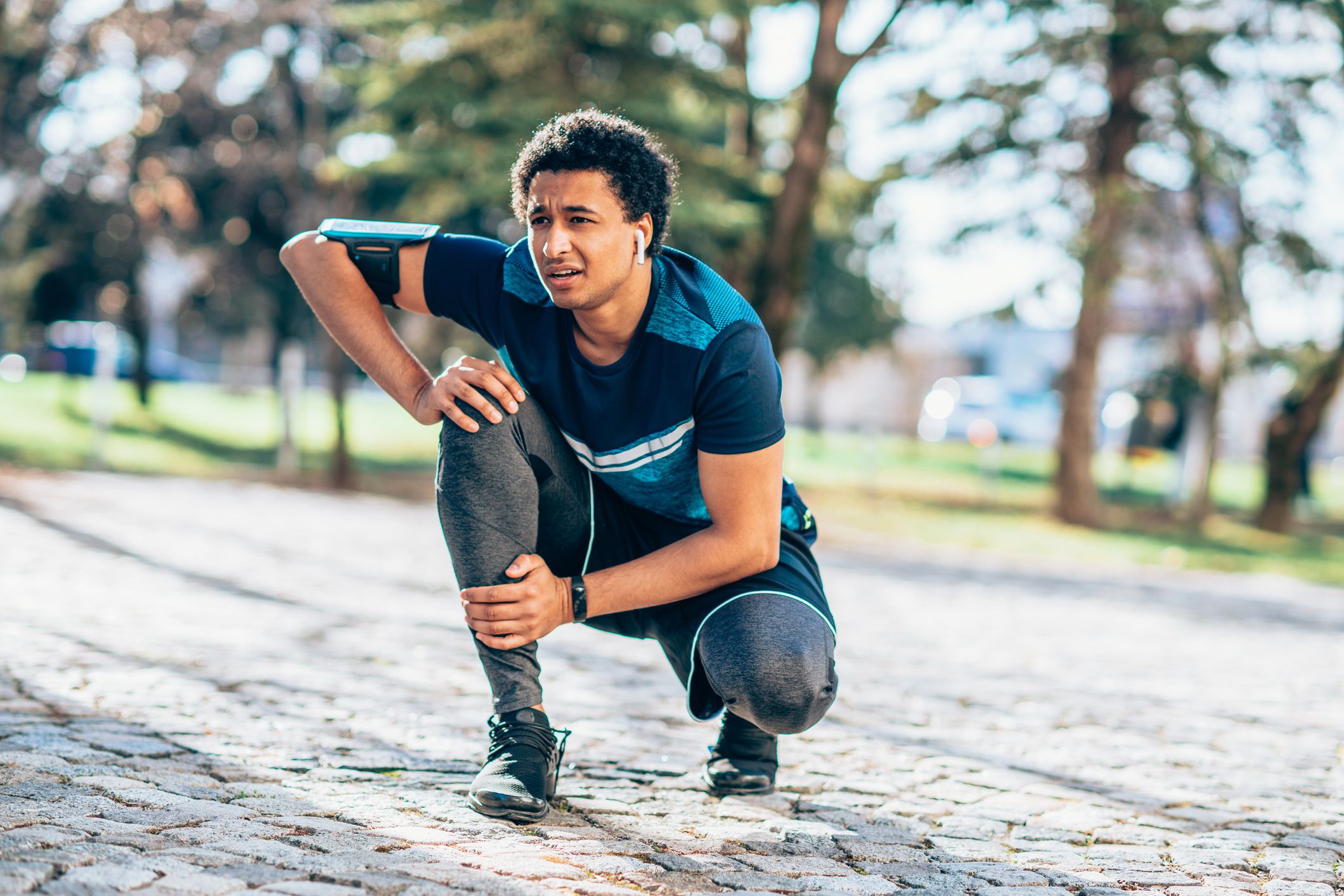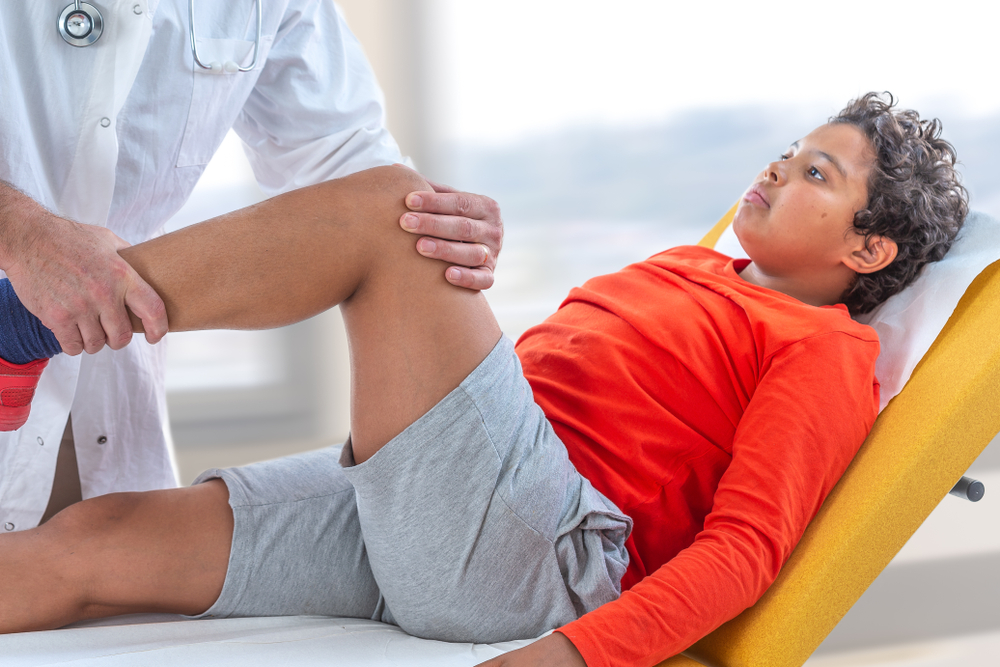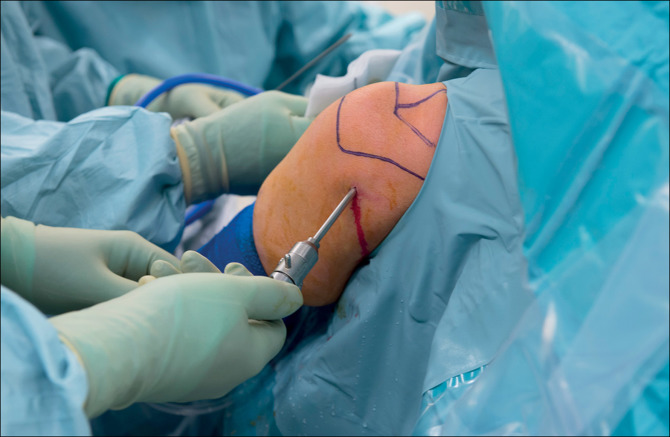What is Arthritis?
Arthritis is the swelling and tenderness of one or more joints. The main symptoms of arthritis are joint pain and stiffness, which typically worsen with age. The most common types of arthritis are osteoarthritis and rheumatoid arthritis.
Osteoarthritis causes cartilage — the hard, slippery tissue that covers the ends of bones where they form a joint — to break down. Rheumatoid arthritis is a disease in which the immune system attacks the joints, beginning with the lining of joints.
Uric acid crystals, which form when there’s too much uric acid in your blood, can cause gout. Infections or underlying disease, such as psoriasis or lupus, can cause other types of arthritis.
Treatments vary depending on the type of arthritis. The main goals of arthritis treatments are to reduce symptoms and improve quality of life.
Types of Arthritis
Arthritis is a broad term that describes more than 100 different joint conditions. The most common types of arthritis include:
- Osteoarthritis, or “wear and tear” arthritis, which develops when joint cartilage breaks down from repeated stress. It’s the most common form of arthritis.
- Ankylosing spondylitis, or arthritis of the spine (usually your lower back).
- Juvenile arthritis (JA), a disorder where the immune system attacks the tissue around joints. JA typically affects children 16 or younger.
- Gout, a disease that causes hard crystals of uric acid to form in your joints.
- Psoriatic arthritis, joint inflammation that develops in people with psoriasis (autoimmune disorder that causes skin irritation).
- Rheumatoid arthritis, a disease that causes the immune system to attack synovial membranes in your joints.

What causes arthritis?
-
Different types of arthritis have different causes. For instance, gout is the result of too much uric acid in your body. But for other types of arthritis, the exact cause is unknown. You may develop arthritis if you:
- Have a family history of arthritis.
- Have a job or play a sport that puts repeated stress on your joints.
- Have certain autoimmune diseases or viral infections.
- The no needs for surgical incisions, detachment of the muscles from the bones of the vertebral laminae, removal of bone and ligaments, determines the absence of problems as typical for “traditional” surgery such as the formation of scars around the nerve roots, chronic pain due to muscle damage and, sometimes, also instability of the spine with the need perhaps of subsequent rather complex surgical re – operations.

What are some of the symptoms of Arthritis?
-
Different types of arthritis have different symptoms. They can be mild in some people and severe in others. Joint discomfort might come and go, or it could stay constant. Common symptoms include:
- Pain.
- Redness.
- Stiffness.
- Swelling.
- Tenderness.
- Warmth.

What are the risk factors for Arthritis?
Risk factors for arthritis include:
- Family history. Some types of arthritis run in families, so you may be more likely to develop arthritis if your parents or siblings have the disorder.
- Age. The risk of many types of arthritis — including osteoarthritis, rheumatoid arthritis and gout — increases with age.
- Your sex. Women are more likely than men to develop rheumatoid arthritis, while most of the people who have gout, another type of arthritis, are men.
- Previous joint injury. People who have injured a joint, perhaps while playing a sport, are more likely to eventually develop arthritis in that joint.
- Obesity. Carrying excess pounds puts stress on joints, particularly your knees, hips and spine. People with obesity have a higher risk of developing arthritis.
How can i prevent Arthritis?
You can lower your chances of developing arthritis by:
- Avoiding tobacco products.
- Doing low-impact, non-weight bearing exercise.
- Maintaining a healthy body weight.
- Reducing your risk of joint injuries.


Understanding PRP Therapy for Injury Recovery
Doctors have recognized the body’s remarkable self-healing ability, particularly through platelet-rich plasma (PRP) therapy. PRP, derived from an individual’s blood, enhances recovery by injecting concentrated platelets into damaged areas. This treatment is effective for soft tissue injuries and minimizes the need for pain medications while promoting the body’s natural healing processes.

Understanding Triage and Vital Signs in Healthcare
Triage is the process of prioritizing patient treatment based on severity, ensuring immediate care for emergencies. Vital signs, including temperature, pulse, respiratory rate, blood pressure, and oxygen saturation, are crucial for assessing health status and guiding treatment decisions. Understanding these concepts is essential for effective healthcare delivery.

Understanding Osteoarthritis
Osteoarthritis (OA) affects 9-14% of people in Africa, commonly seen in those over 45. Symptoms include joint pain, stiffness, and swelling. Causes range from aging to obesity. Management includes lifestyle changes, medications, and possible surgery. With proper care, individuals can lead active lives despite OA limitations.

What is Carpal Tunnel Syndrome?
What is Carpal Tunnel Syndrome? Carpal tunnel syndrome (CTS) is a medical condition caused by compression of the median nerve at the wrist. The median nerve is one of the three main nerves in the arm. It provides feeling and movement to the thumb and first two...

Knee Arthroscopy in Kenya
Our feet play a very important role in our daily physical mobility. It is also a complex part of the body and determines the general status of our well being because if it is pain free, it allows us to stand, walk, run and jump. It is indeed true what Socrates, the...

Hip Replacement Surgery in Kenya
Just like any other specialised treatment, hip replacement surgery in Kenya needs an experienced surgeon like Dr. Adari who comes with years of experience. Educated both in Kenya and outside Kenya, Dr. Adari has handled quite a number of hip surgeries. Hip replacement...

What Kinds of Boots Are Healthiest for Your Feet?
Boots always look great. The big question, though, is do they feel great? If you’re making decisions with your tootsies in mind, the answer to that question should be a resounding YES. It’s important to think of your feet as an important part of your body that...

How to treat hip bursitis
Hip bursitis is inflammation of the bursae of the hips. Treatment usually involves anti-inflammatory medication, physical therapy, and rest. The hips have two bursae — which are small, fluid-filled sacs — that can become irritated and inflamed. One bursa is located...

What are shoulder stretches?
Shoulder stretches can help relieve pain and stiffness in tight shoulders, which are a common problem among most adults. Stretching is a great way to improve flexibility and mobility and prevent injury. 1. Crossover shoulder stretchStand up with your feet...

What are the treatment options for Golfer’s elbow?
Golfer’s elbow occurs when the forearm tendons tear and become inflamed. It often results from overuse or repetitive motions. Treatment options include rest, specific exercises, medication, and surgery. Medial epicondylitis, also known as “golfer’s elbow,” is a common...
Request an appointment with orthopedic specialists in Kenya at Orthobridge Institute, an orthopedic center in Nairobi, Kenya.
Contact us or schedule a consultation online to learn more.












